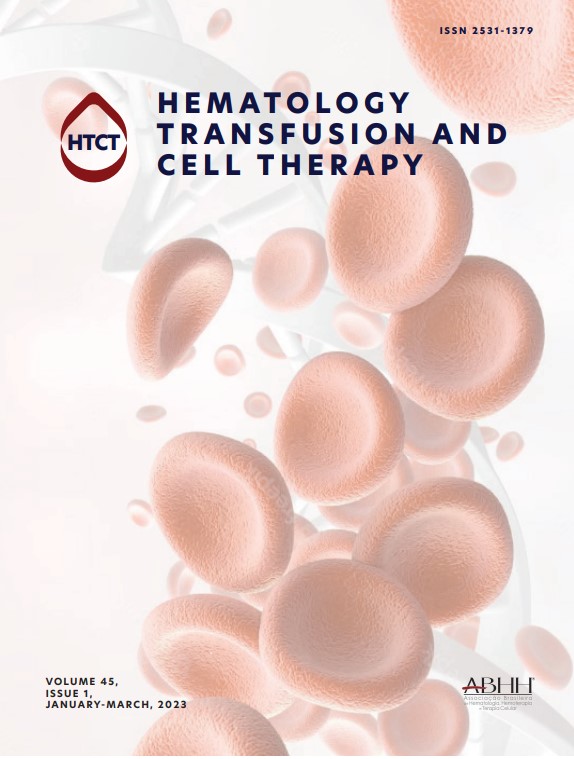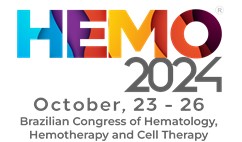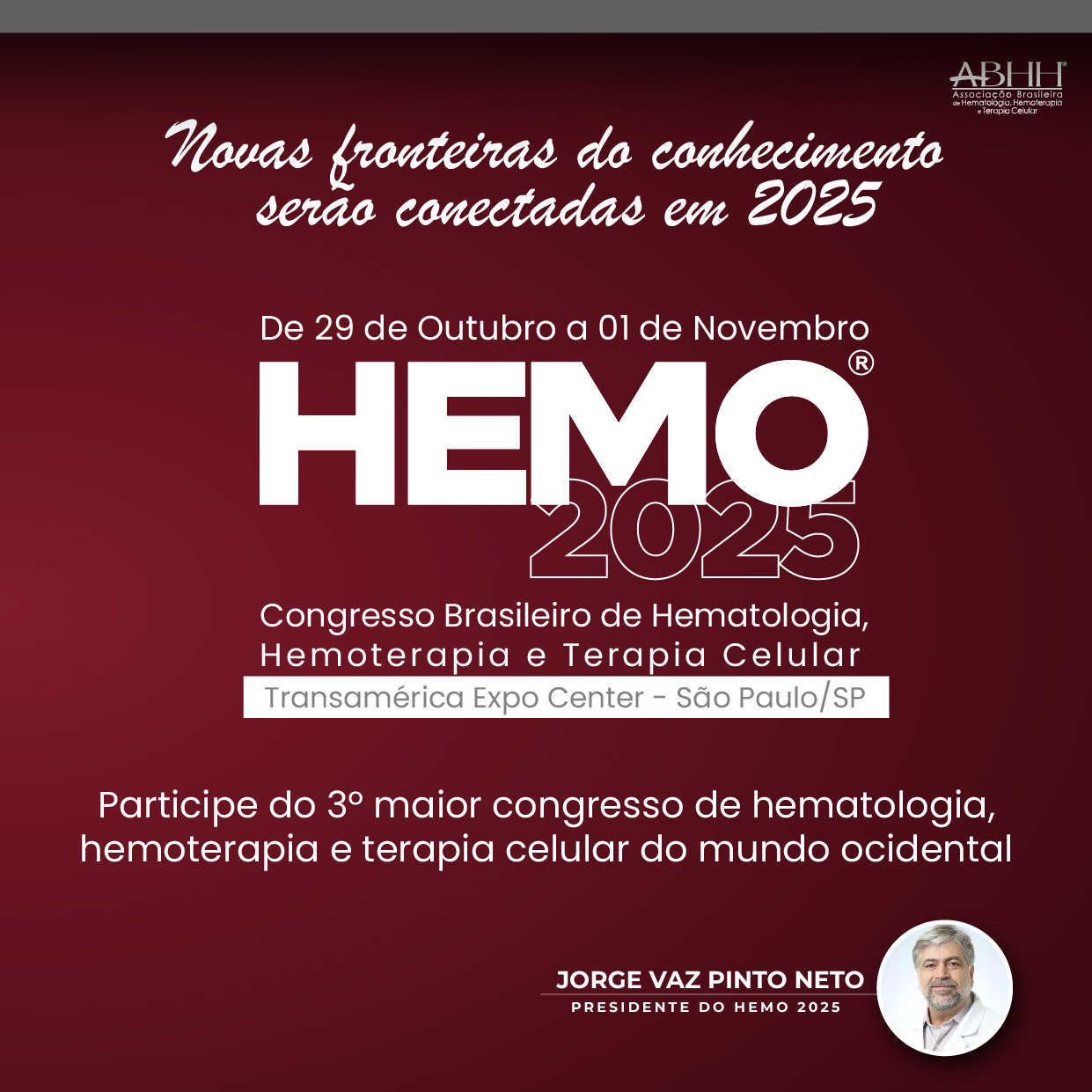There are multiple risk scores developed in the last decades to describe entry disease characteristics, enable risk stratification, and predict the clinical outcome of chronic myeloid leukemia (CML) therapy. The treatment-free remission is a new goal of CML therapy postulated and defined also by recent ELN recommendations. In this context, early predictors of good response and chance to reach this ambitious goal are of special interest. The importance of Sokal, EURO (Hasford), EUTOS, and ELTS scores will be discussed. The other risk factors such as additional chromosomal aberrations, additional genetic mutations, BCR/ABL1 transcript type, the dynamics of early BCR/ABL1 transcript decline, the presence of ABL1 KD mutations, and the quality of molecular response could have an important role in planning the optimal treatment. In the era of tyrosine kinase inhibitors and many possible choices, the analysis of risk factors could be considered as a key factor in the decision-making process. This will be discussed during the presentation.
The Impact Factor measures the average number of citations received in a particular year by papers published in the journal during the two preceding years.
© Clarivate Analytics, Journal Citation Reports 2025
SRJ is a prestige metric based on the idea that not all citations are the same. SJR uses a similar algorithm as the Google page rank; it provides a quantitative and qualitative measure of the journal's impact.
See moreSNIP measures contextual citation impact by wighting citations based on the total number of citations in a subject field.
See more





